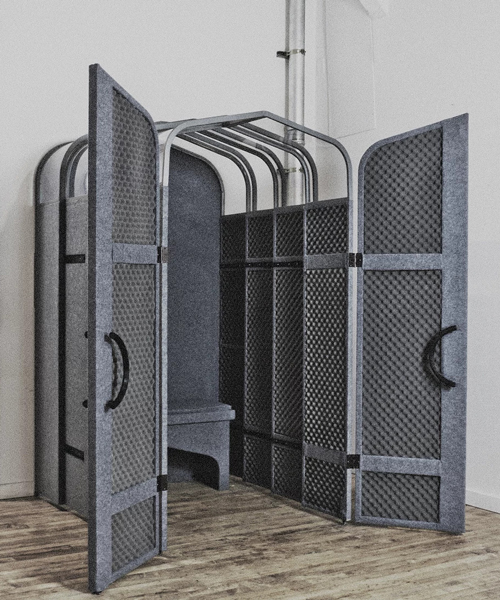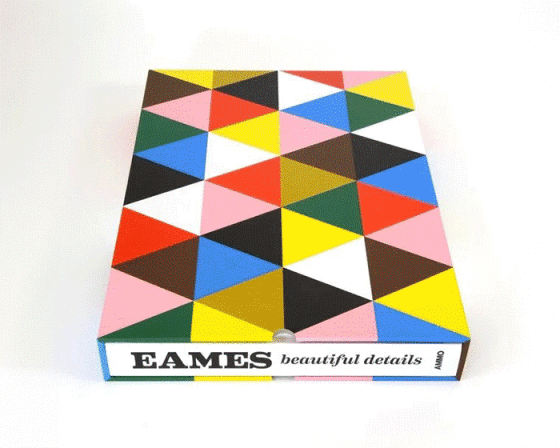for this project, kartikaye mittal has carried out a detailed study of post-traumatic stress disorder (PTSD), the negative effects it has on sufferers, and the proven methods that can help alleviate the condition. the result of the brooklyn-based designer’s research comes in the form of ‘reboot’: a collapsible space designed to offer trauma survivors a welcome moment of privacy and calm.
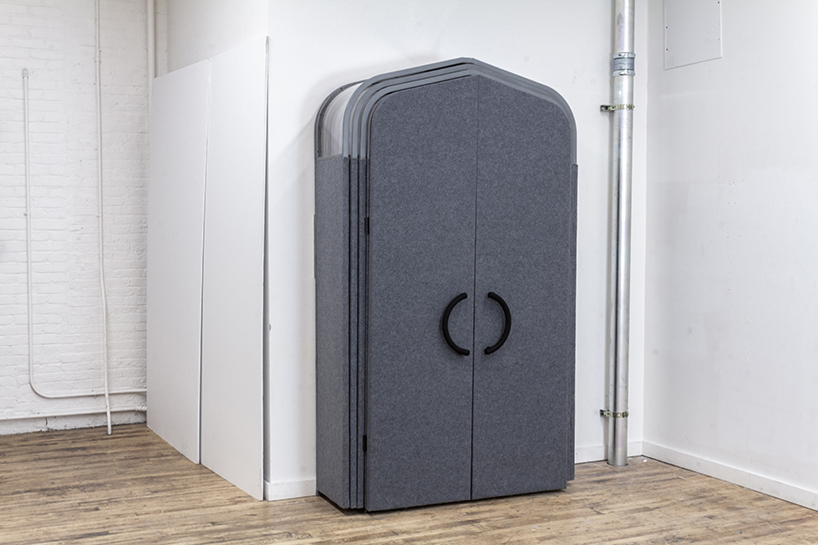
the collapsed space
images and diagrams courtesy of kartikaye mittal
PTSD is being understood as a condition that haunts survivors of all kinds of trauma. a traumatic event leaves behind imprinted memories that affect people and their families, histories and even cultures.
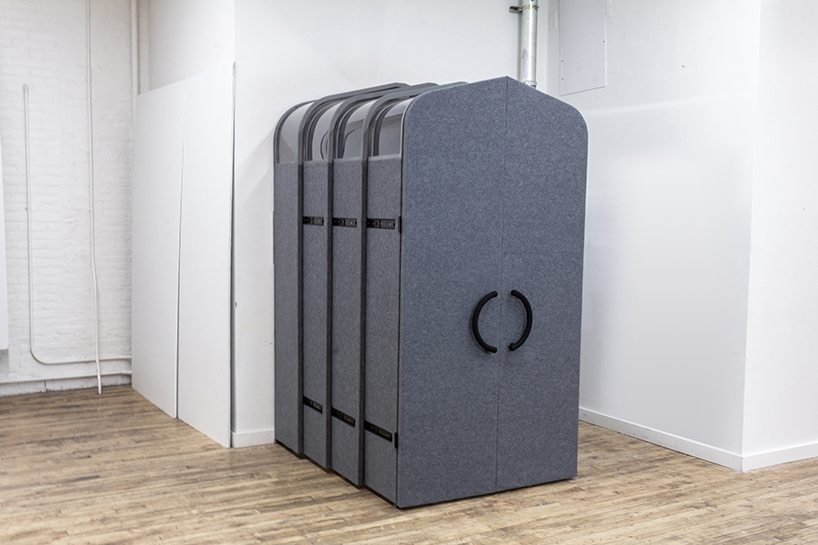
the deployed space
reboot blends statistical data with an experimental hypothesis, using an interdisciplinary methodology. it aims to create innovative tools to approach the complex subject of trauma. the prototype designed and developed for this project is a private space that alters sensory stimulus. it’s purpose is to help an individual regain control over their emotions during a panic attack by establishing a safe barrier between the user and their external environment.
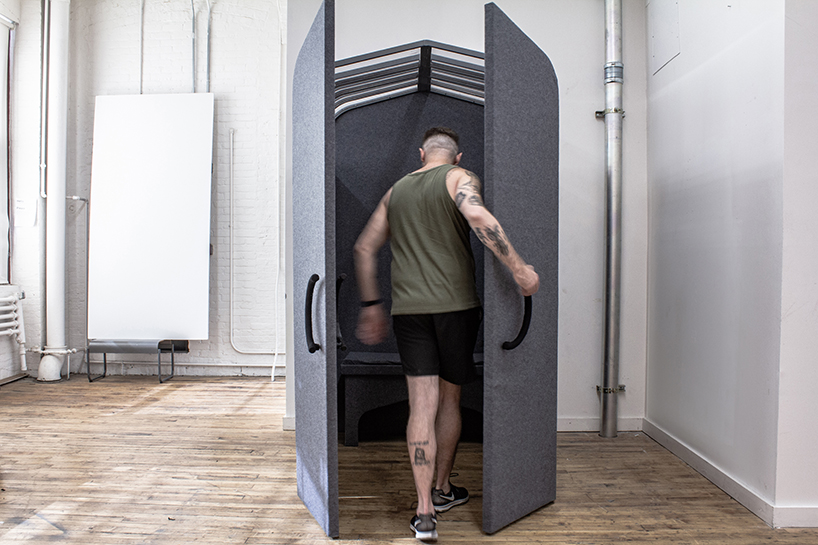
entry
the prototype shown here uses sound-absorbing material to block triggering stimulus. flexible polyurethane foam is used to fill the spaces inside the telescoping hollow-core doors while felt wraps and covers them to provide additional sound insulation. the color of both the foam and the felt is 50% gray. this decision was intentional to keep the look and feel of the structure benign and non-evocative.
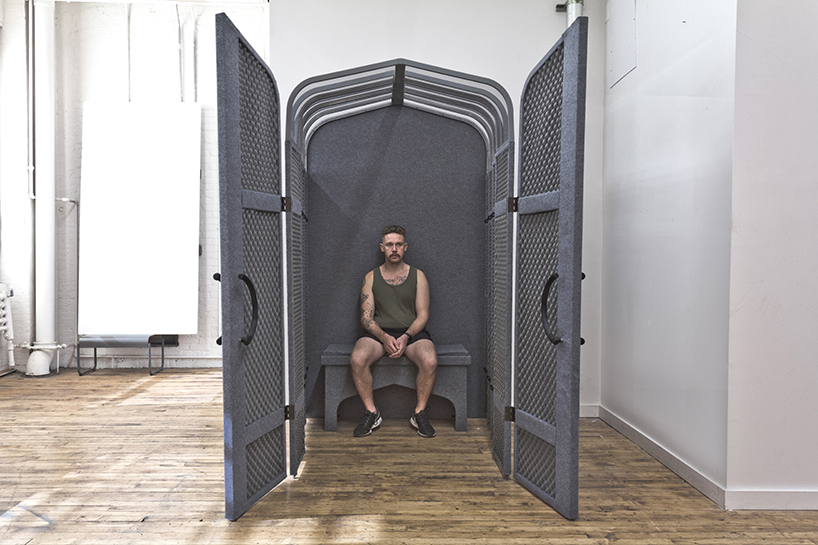
privacy, silence and comfort
once closed, reboot creates a barrier between the user and the external environment, giving them time to manage uncontrollable emotions. however, the person inside is not totally detached from the outside as the polycarbonate panels forming the roof allow reflected natural light inside the space.
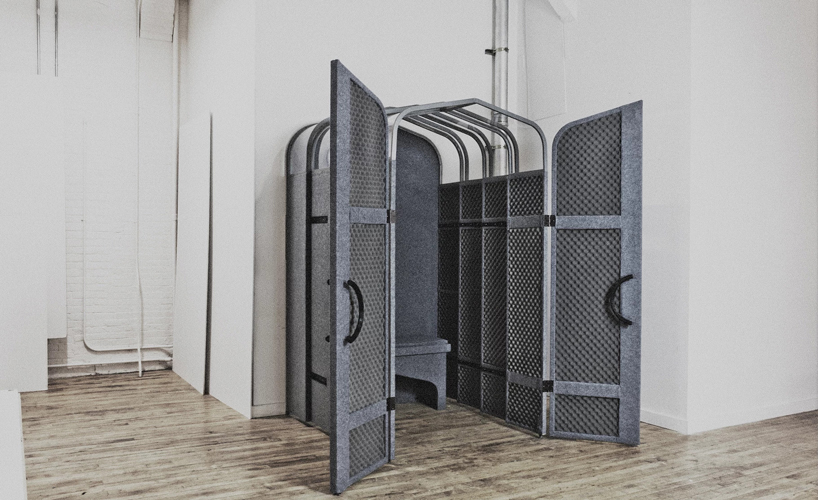
reboot is designed so that it can adapt to whatever space is available within an existing building. the structure can be collapsed and deployed when required, meaning it could even be set up in private apartments with limited floor space.
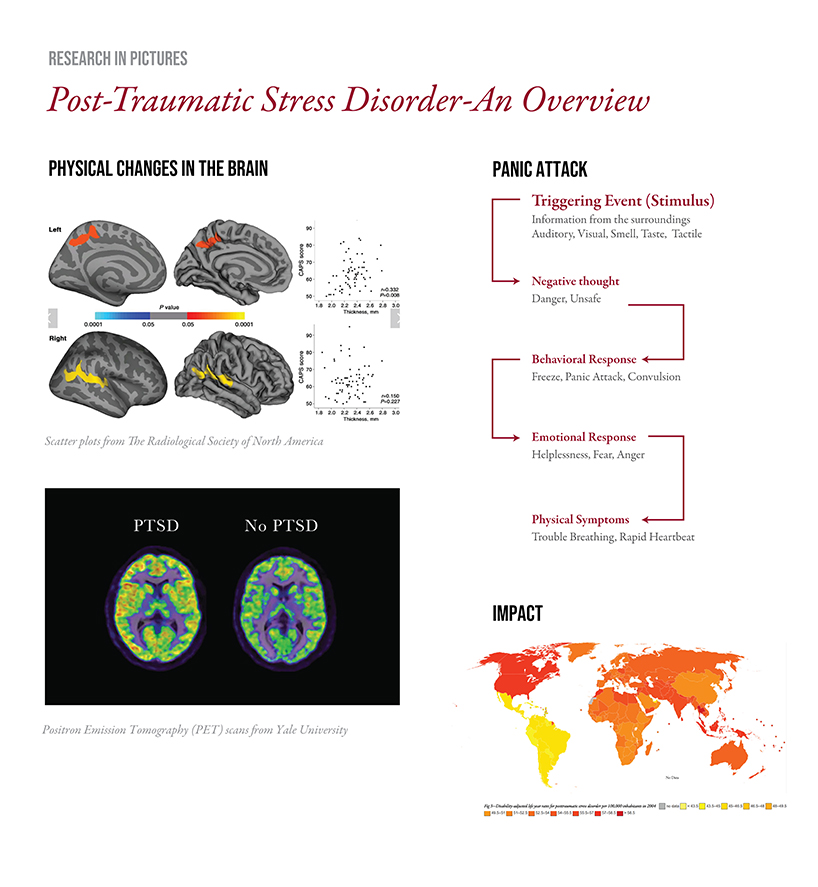
an overview of PTSD
the study and accompanying prototype together represent phase 1 of an on-going study by kartikaye mittal. phase 2 is scheduled to commence at the end of 2020 under a funded residency of the steamplant initiative by the math & science department at pratt institute in brooklyn, new york.
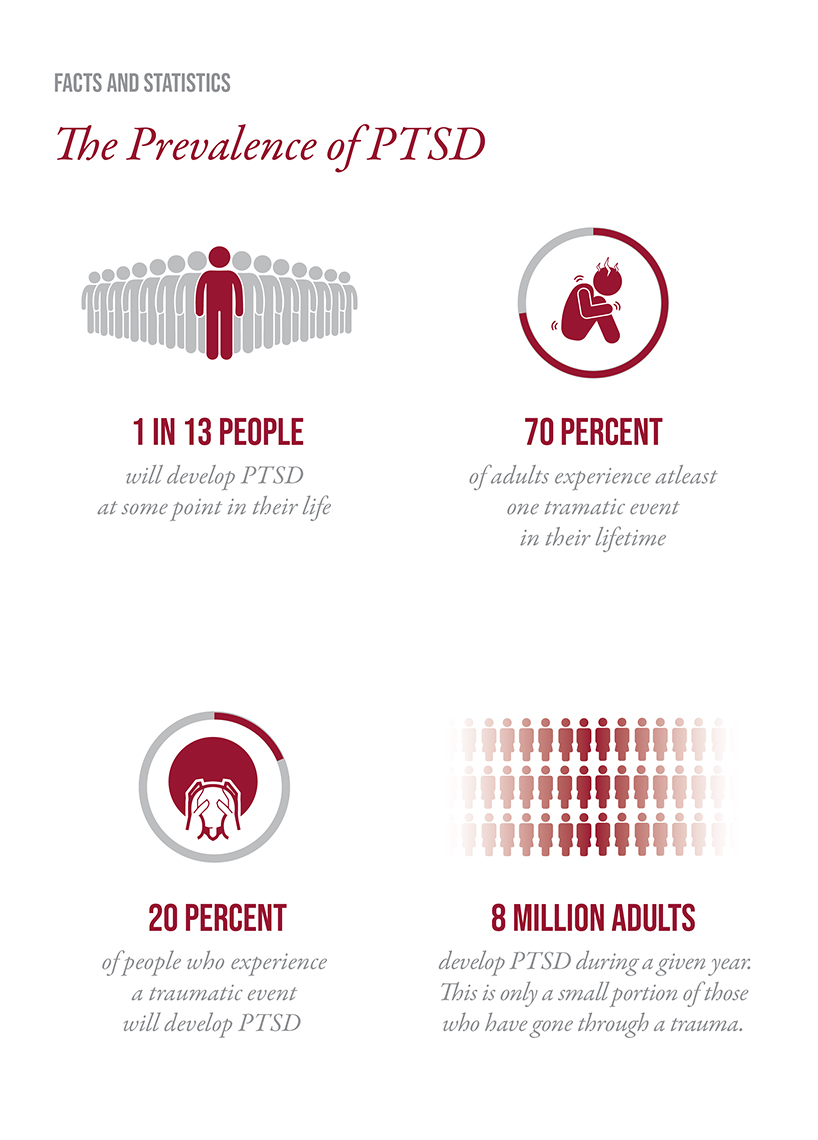
the prevalence of PTSD
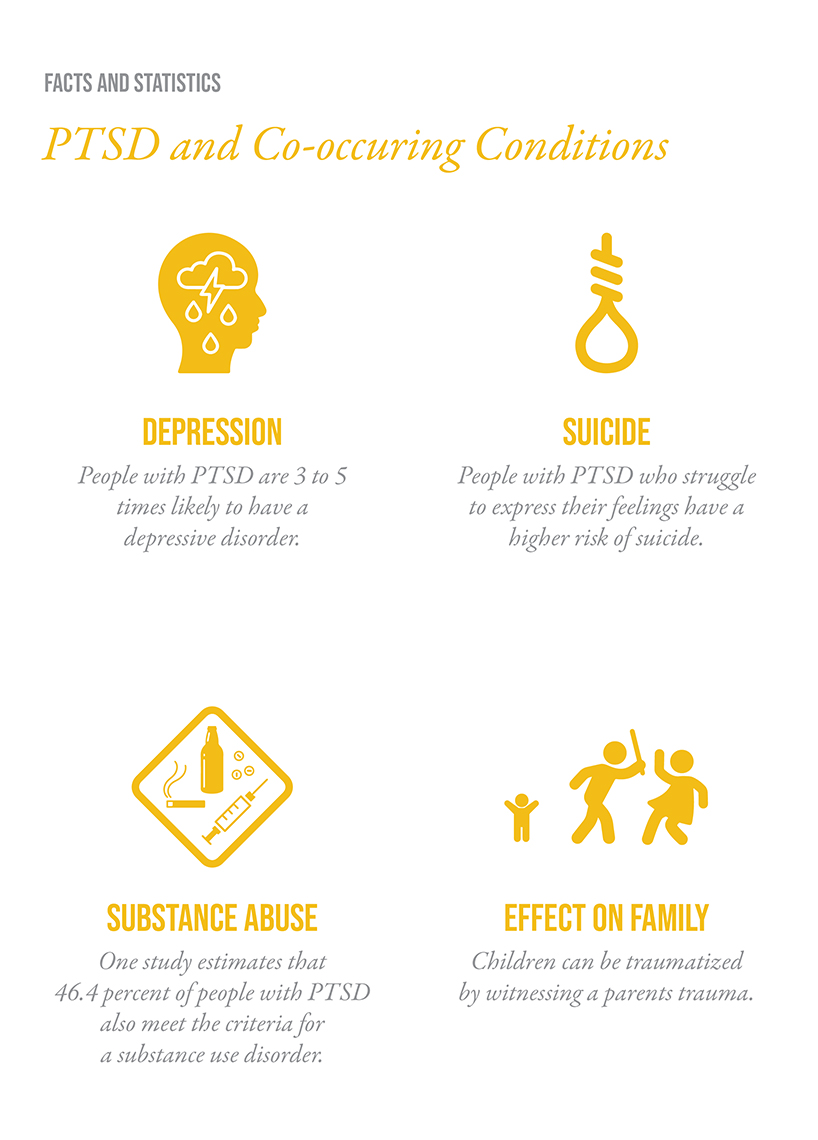
PTSD and co-occurring conditions
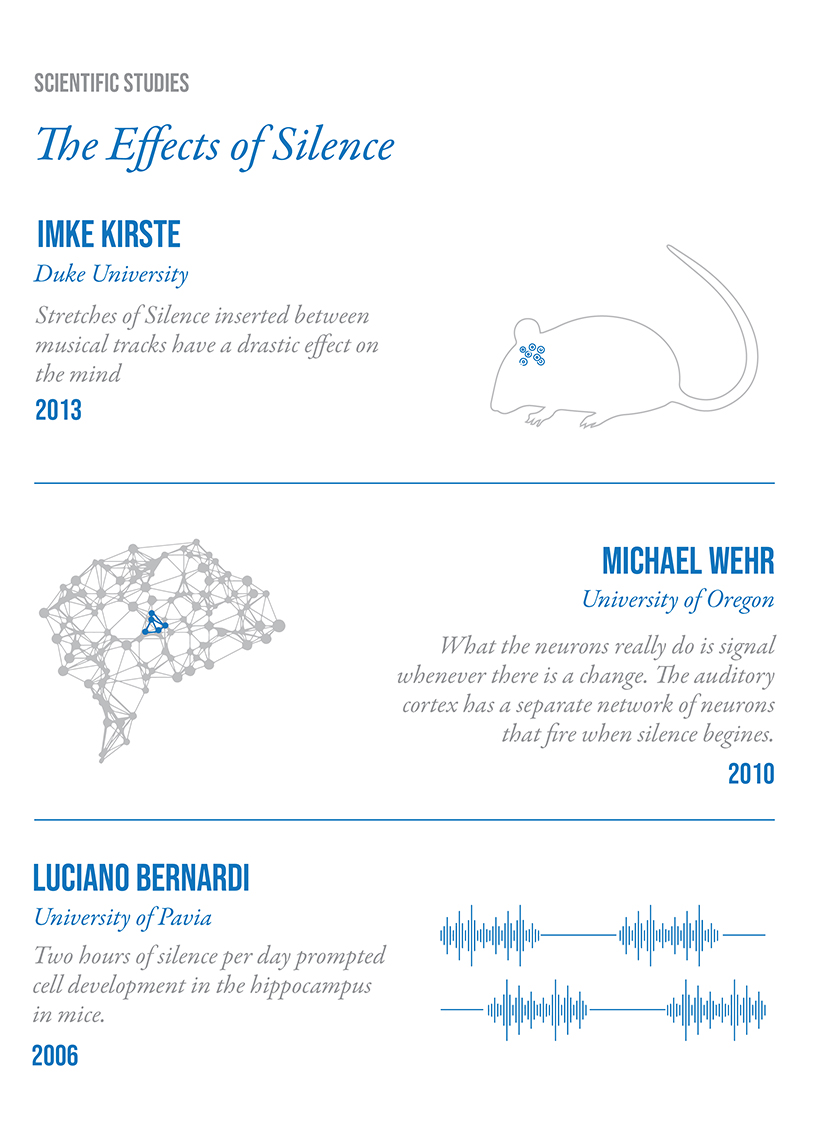
the effects of silence
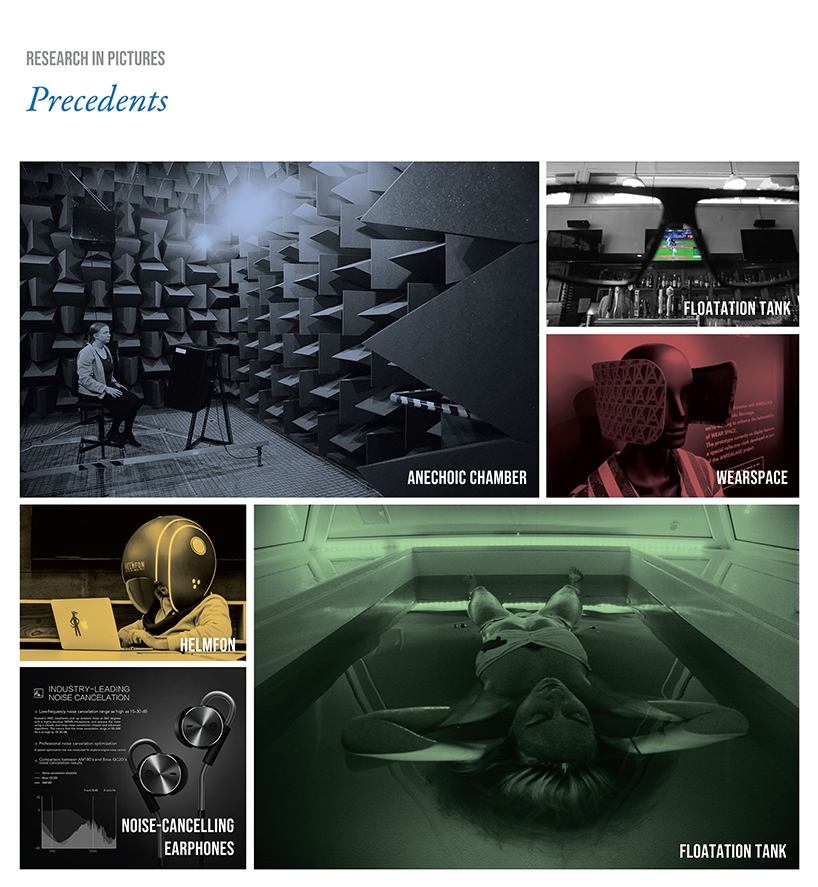
precedents for design research
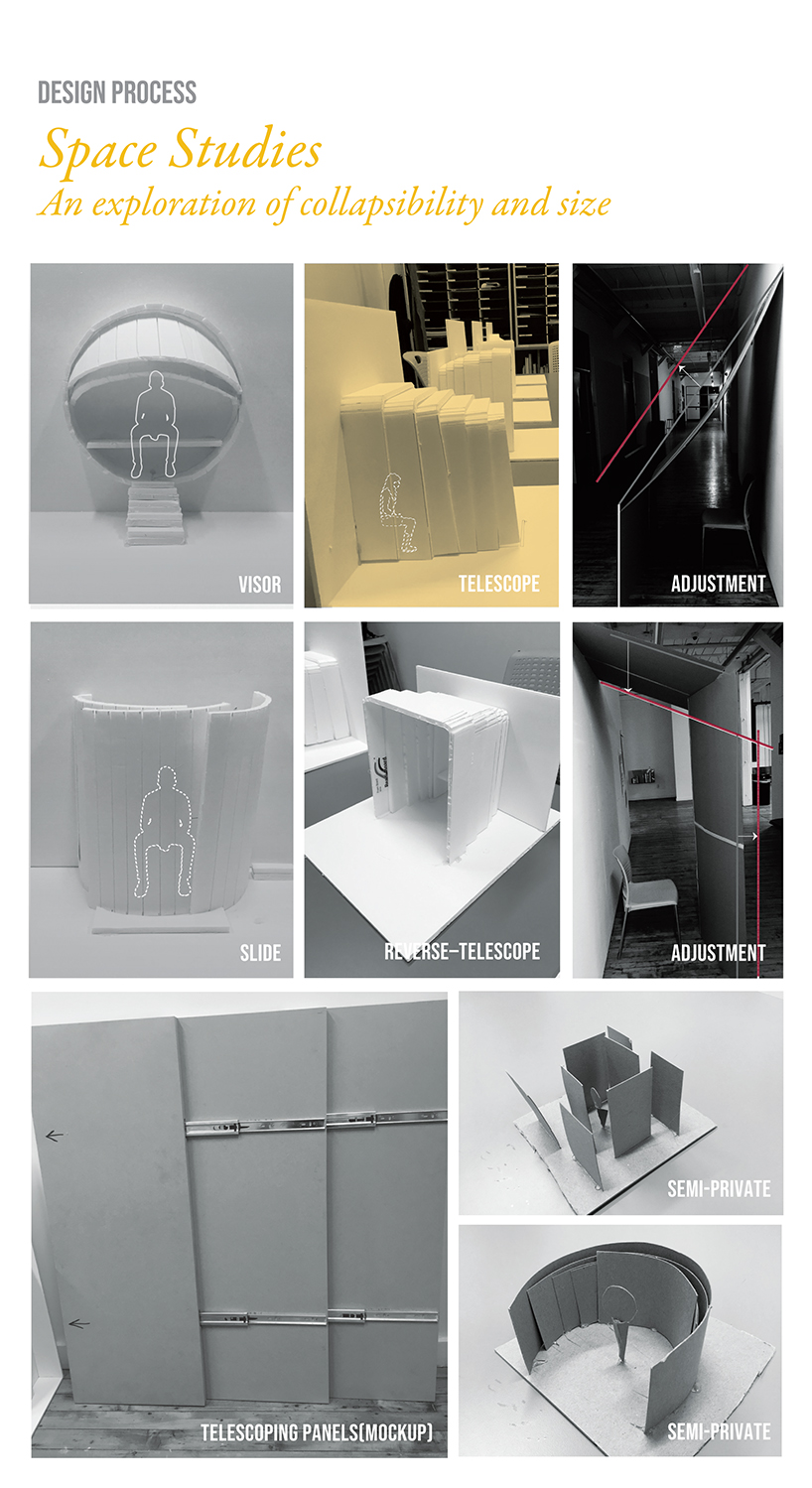
space studies – an exploration of collapsibility and size
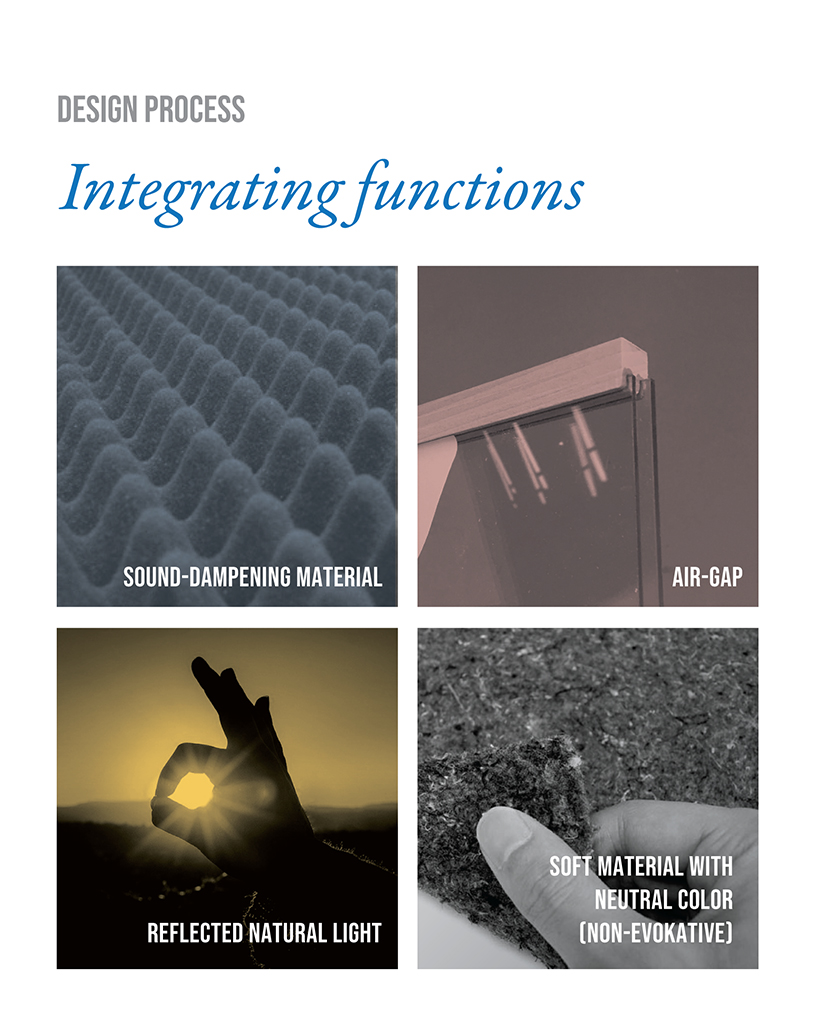
integrating functions
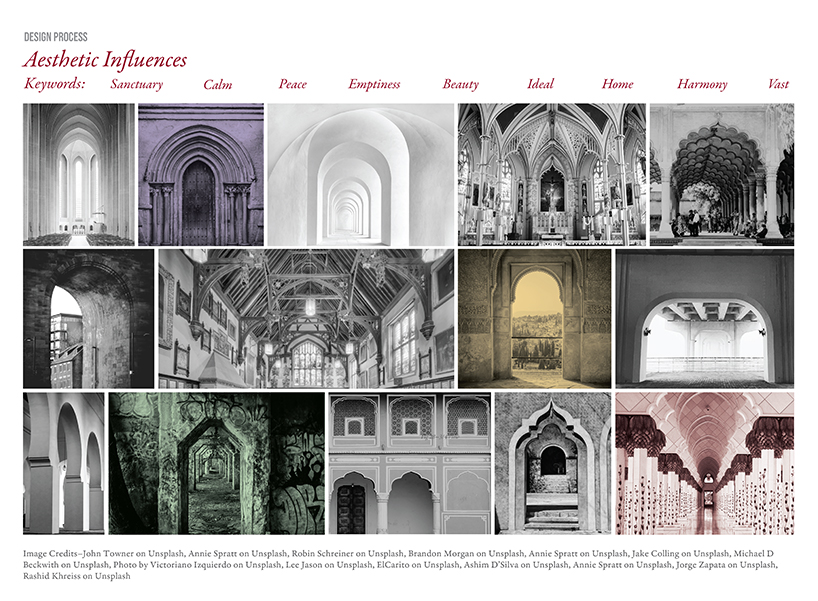
aesthetic influences
project info:
project name: reboot – a private space for survivors of trauma
design: kartikaye mittal
designboom has received this project from our ‘DIY submissions‘ feature, where we welcome our readers to submit their own work for publication. see more project submissions from our readers here.
edited by: lynne myers | designboom
